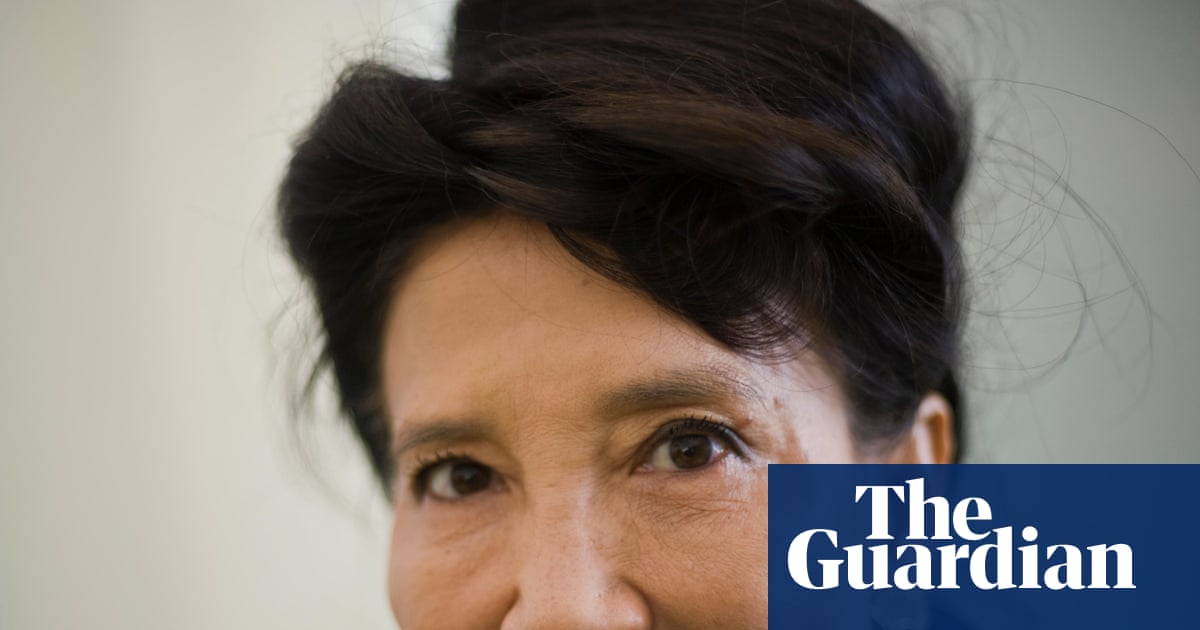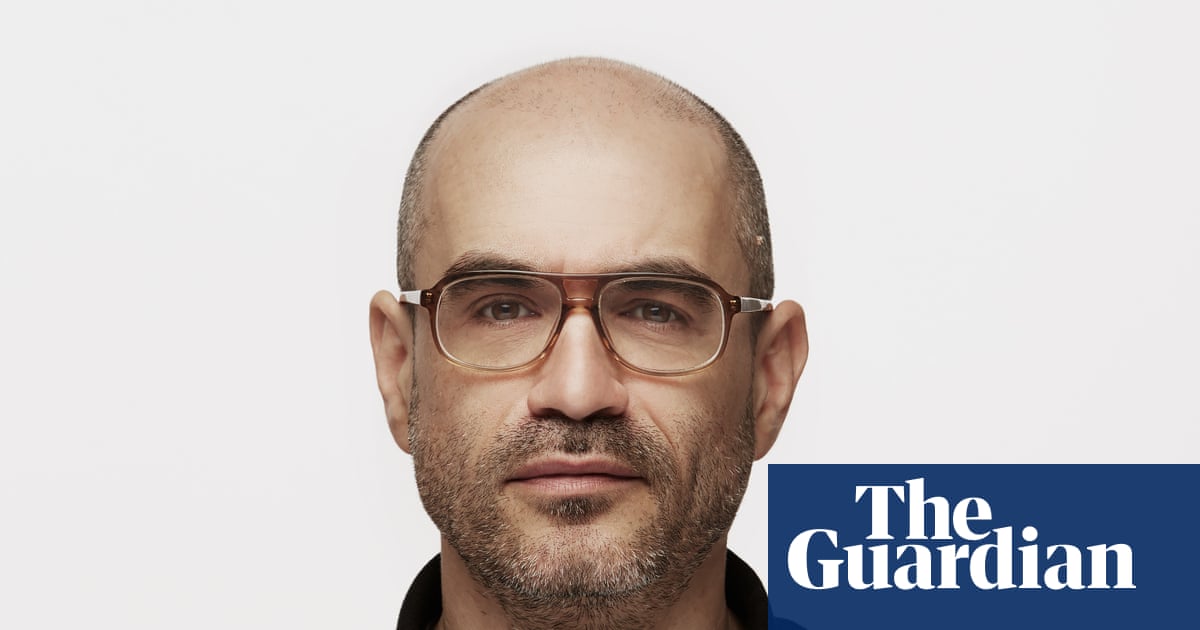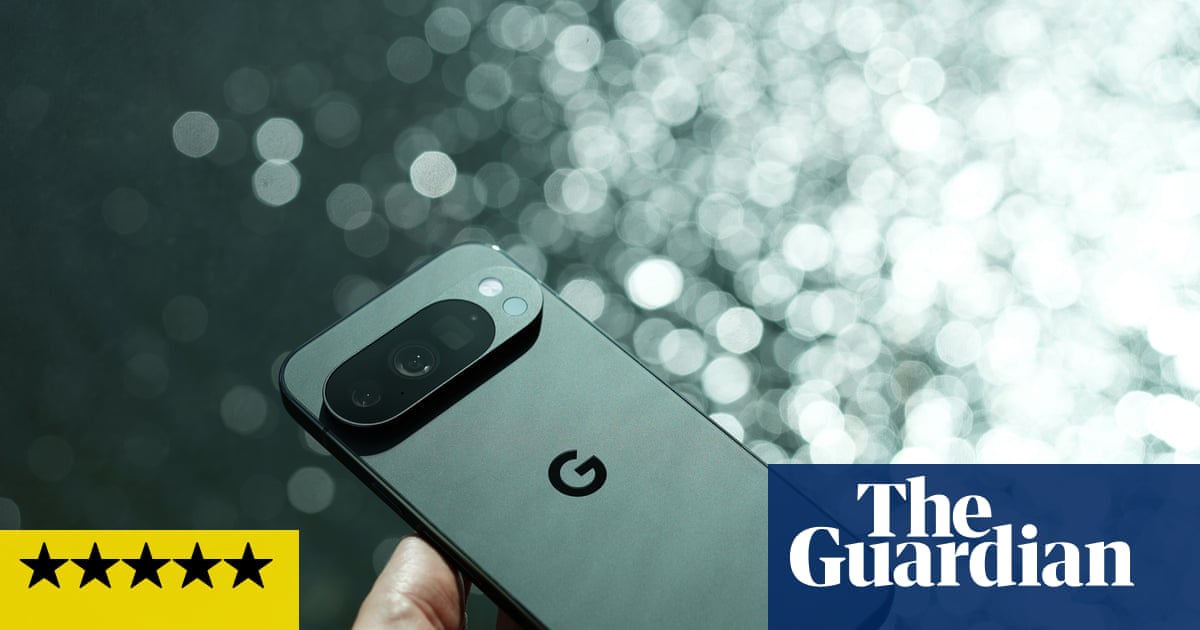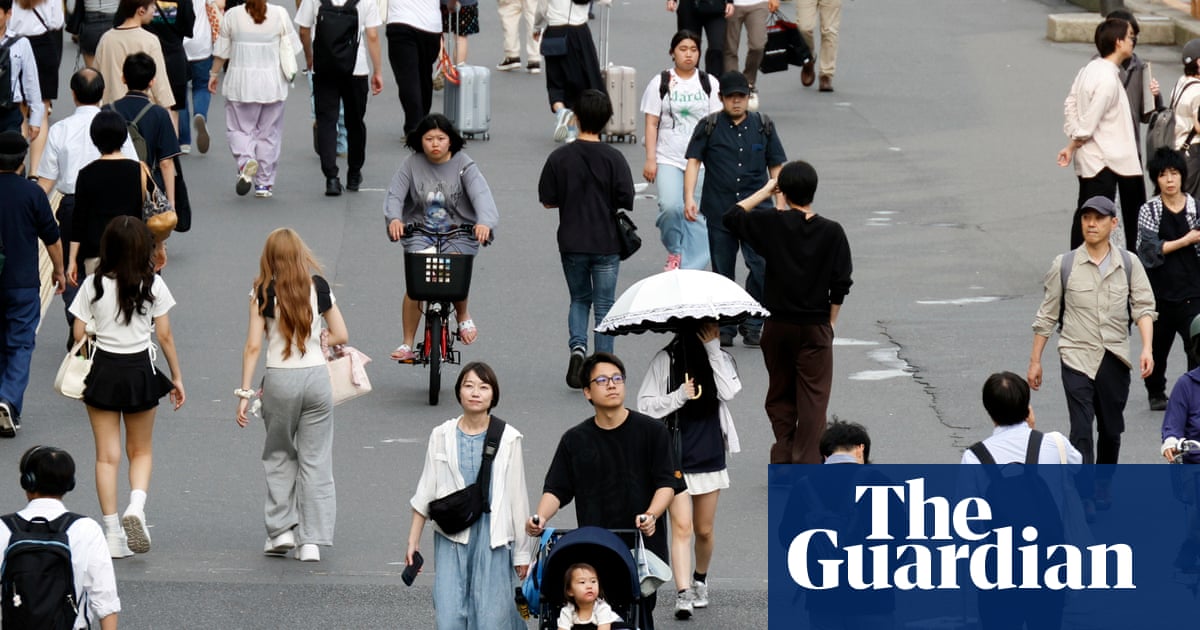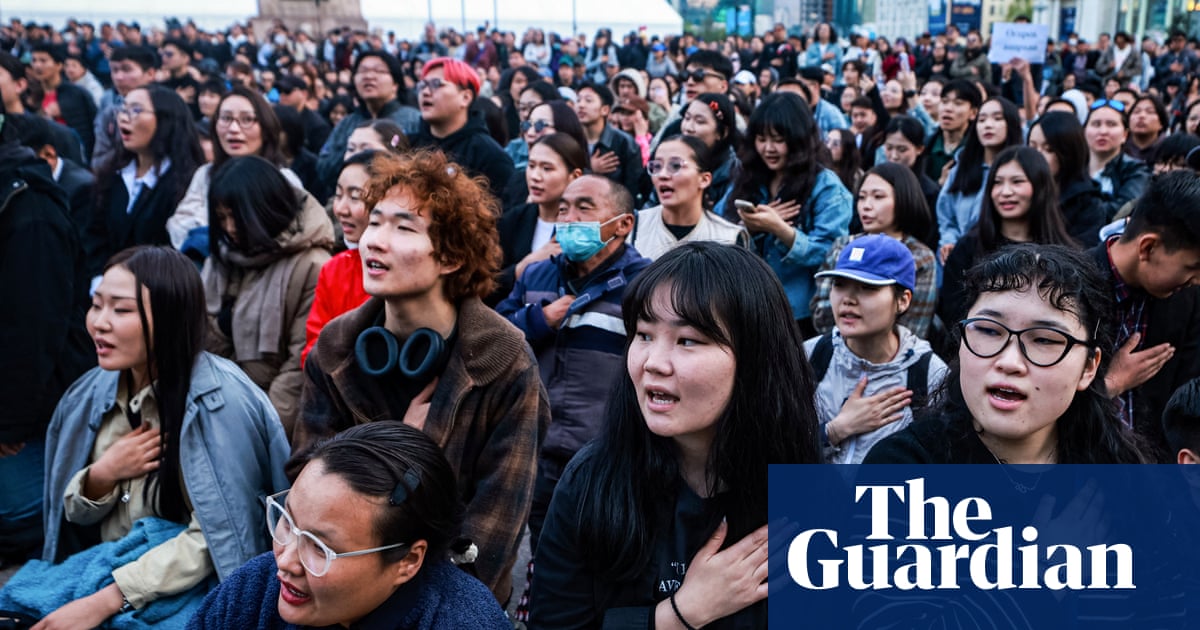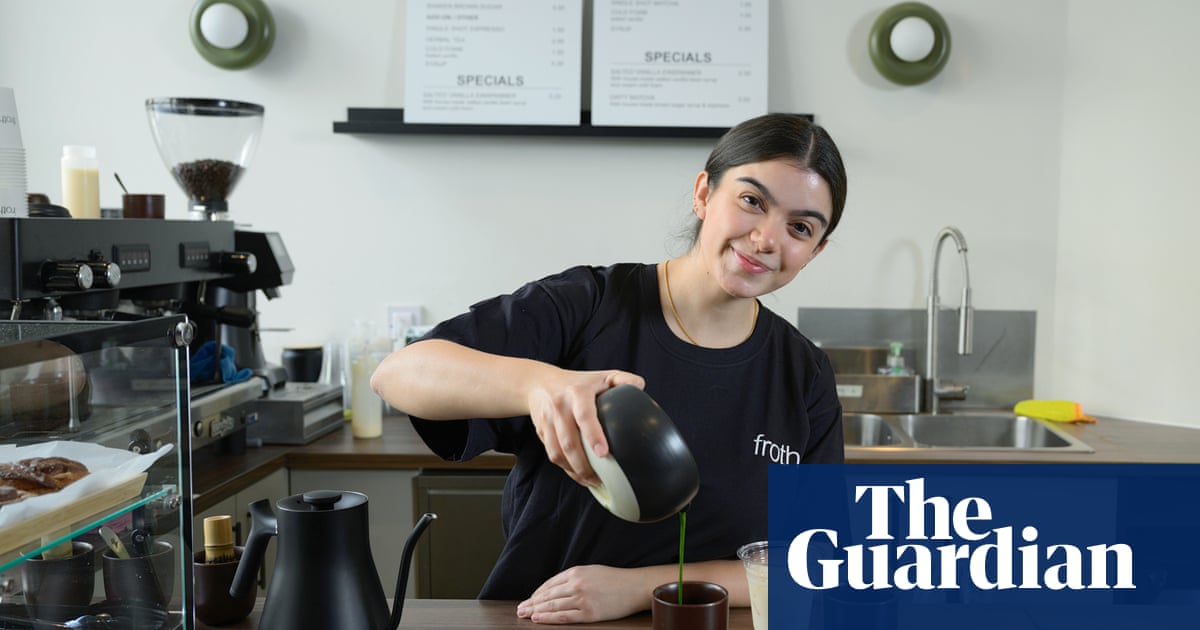TikTok’s algorithm is one of the great mysteries of the modern age. What it deems to be interesting is fed to millions of users, giving it huge cultural sway, from fashion to music and politics. It is also increasingly influencing what we eat.
Supermarkets were once the trendsetters, studying popular items on restaurant menus and recreating them on their shelves. Now the big shops are the ones being influenced, says Zoe Simons, a brand development chef at Waitrose.
“The power has flipped,” she says. “Before, we relied on what was popular at restaurants or we had to wait months for data to come through. Now, because of TikTok and Instagram, our accuracy has gotten so much better.”

It is not hard to spot this influence in action: matcha lattes, made from Japanese green tea, have exploded in popularity on social media, and now feature on menus at Pret a Manger, Starbucks and Gail’s. This week, Britain’s biggest bakery chain, Greggs, attributed better sales growth to a mac and cheese that “went viral on TikTok”, with a video of the snack played more than 3m times.
Perhaps most notably: the “Dubai chocolate” bar, invented by Sarah Hamouda, a British-Egyptian living in Dubai, became a huge viral hit. One video of a food influencer eating the bar, which contains a filling of pistachio cream and tahini with knafeh (a traditional Arab dessert), has more than 120m views on TikTok, which is owned by China’s ByteDance.
Now supermarkets are using artificial intelligence tools that track online recipes, social media discussions and restaurant reviews to react faster to these trends. Where product development projects used to take months, products can hit the shelves in as little as a few weeks.
The Dubai chocolate bar, for example, has inspired a range of pistachio treats from big shops in the UK. Lidl launched its own version, as did Lindt, and when Waitrose launched it in March it imposed on customers a two-bar limit.
But in the fields of the global agricultural sector – far from screen-addicted British shoppers, UK supermarkets or even TikTok’s headquarters in Singapore – producers are struggling to cope with the sudden, huge spikes caused by rapid food trends.
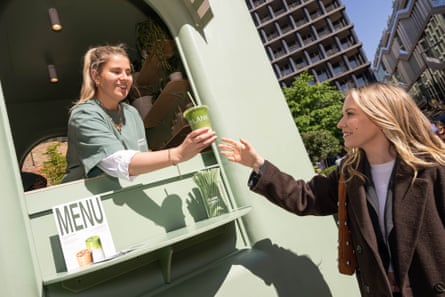
The popularity of the Dubai chocolate bar has already contributed to a shortage in the green nut. In the past year, pistachio kernel prices have risen from €6.65 (£5.59) a pound to €8.96 a pound, an increase of nearly 35%, according to the data monitor platform Tridge. It is on track to hit €10.80 a pound by the end of the year, Tridge said.
That is despite the fact that production of the nut has expanded rapidly. The US is now the biggest producer of pistachios in the world. American pistachio farms, which are mostly in California, collectively account for 43% of global production, making an even larger contribution in its category than America’s market share in its traditional agricultural exports such as corn, cheese and beef.
It is a similar story in the matcha industry. A spike in demand for the green powder prompted tea companies Ippodo and Marukyu Koyamaen in Kyoto to impose purchase limits last year. That was again despite huge ramp-ups in production in an attempt to meet demand: Japan produced 4,176 tonnes of matcha in 2023, nearly three times the quantity in 2010.
The shortage has not been easy to navigate for Hanife Hursit, a 25-year-old who three weeks ago opened a matcha and coffee shop with her father, Ram, in King’s Cross, London.
“Right before my first stock, my suppliers said we might have to wait for a while,” she says. “The shortage is a big issue, it’s blown up everywhere.”
But the opening of Frothee, Hursit’s cafe, attracted a huge queue of customers, mainly young women, on the first day.
The young entrepreneur, who used to work as a social media manager and has a personal following of more than 19,000 accounts on TikTok, has built her menu around drinks and flavour combinations trending online. They include strawberry, brown sugar and jasmin-flavoured matcha lattes.
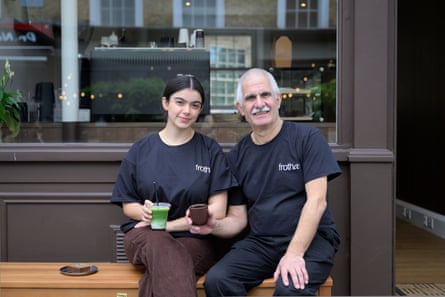
“I knew how much it had blown up online and I knew it was going to reach a peak where everyone loved matcha,” she says. Many of the drinks have been inspired by at-home recipes trending on TikTok, she adds. “Earl grey matcha is our bestseller by far,” she says. “Whatever I put on the menu was crafted by my For You page and also by what I love.”
The temptation to add pistachio flavours on her menu has been strong, but rapidly rising wholesale costs have been a barrier. “I said to our baker: ‘Should we try a pistachio product?’ But it’s just too expensive, even at wholesale prices.”
The environmental cost may also prove to be another barrier for sellers in the future, Mzingaye Ndubiwa, a market analyst at Tridge, adds.
“The pistachio nut is a water-intensive crop cultivated mainly in California or Iran, which are known for their drought-torn regions,” he says. “Ultimately leading to the overuse of groundwater, the increased demand from the international market puts immense stress on water systems that are already scarce.”
There are fears too that rapidly expanding the cultivation of a single crop, driven by social media trends, could contribute to deforestation for monoculture farming, which in turn harms wildlife. “Because of this, there is an increased reliance on herbicides and pesticides, which contaminate soil and water systems,” he said.
“Trends steered by social media can fuel environmental decline if it disappears as quickly as it appeared.”

.png) 3 months ago
167
3 months ago
167











